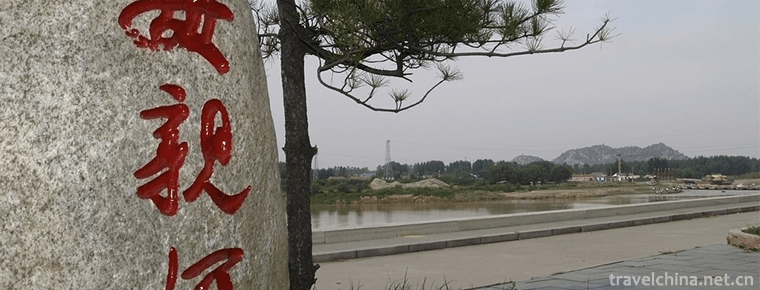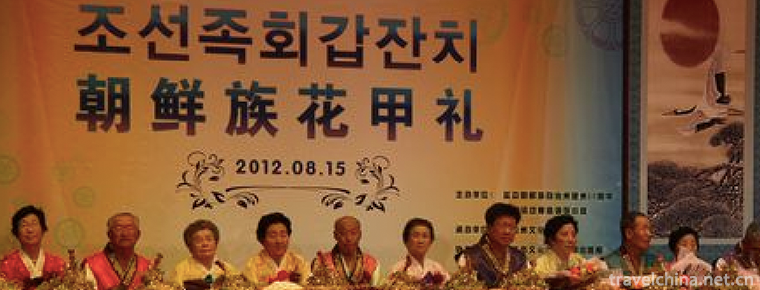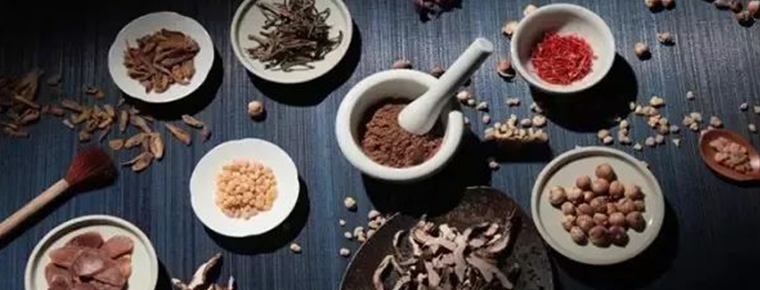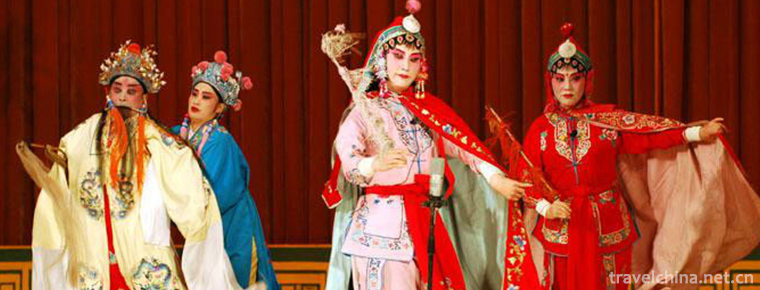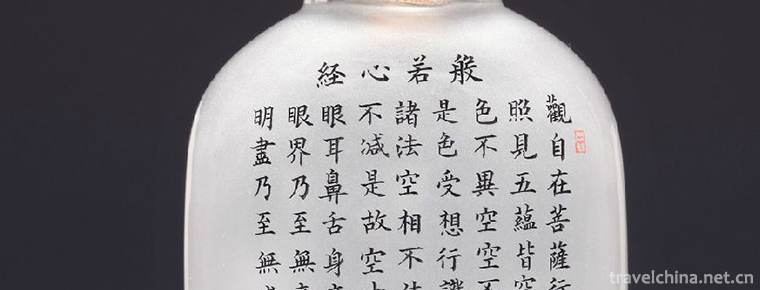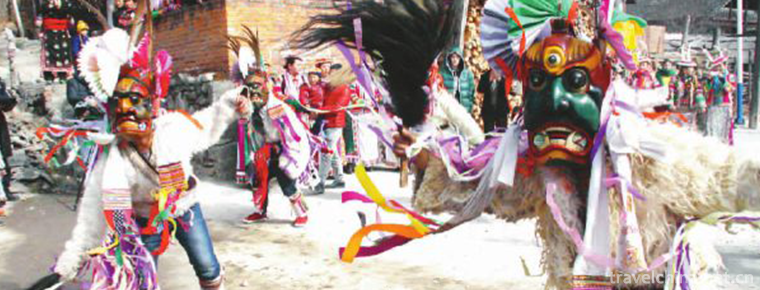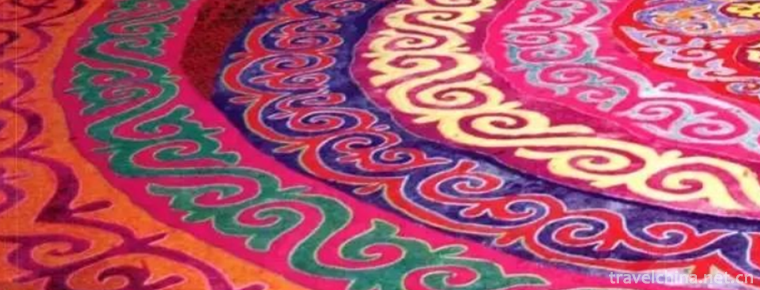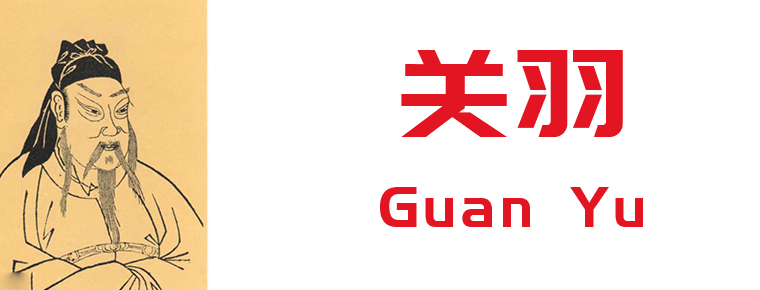century eggspreserved egg100years egg
Preserved egg, also known as preserved egg, egg, egg, egg, etc., is a traditional Chinese egg product. The main raw material is duck eggs. The palate is fresh, smooth, refreshing, salty, and has unique flavor. Preserved egg is not only popular among consumers in China, but also enjoys a high reputation in the international market.
After special processing methods, pine eggs will become dark and bright, there are white patterns on it, smell a special fragrance comes to the nose, is one of the people's favorite delicacies.
Preserved egg is not only a delicacy, but also has certain medicinal value. Wang Shixiong said in his Dietary Recipe for Living with Rest: "The skin egg is pungent, astringent, sweet and salty, which can purge heat, sober up wine, go to large intestine fire, treat diarrhea, disperse and restrain dysentery." Chinese medicine believes that preserved eggs are cool, which can cure eye pain, toothache, high blood pressure, tinnitus, vertigo and other diseases.
The traditional method of making pine eggs is almost always used by the traditional Chinese medicine Mituo monk, but the lead content in the skin eggs is daunting. People have developed a method of eating lead-free skin eggs. People who love skin eggs need not worry about lead poisoning.
Weishan Lake brand pine egg, according to historical records since the early Ming Dynasty has more than 500 years of history, but also an important source of pine egg.
Weishan Lake's preserved eggs are spreading all over the country, and they are constantly developing. In the 1920s, Jin Zaixing, a townsman, opened a salted egg label called Jiuchang, which produced pine eggs in two different ways: Lake color and Beijing color, especially the latter. "Jing Cai" is also known as "preserved egg". When making, the duck eggs are soaked in alkali, salt, tea, mulberry ash, dense monk (lead monoxide) and other ingredients. After 20 days or so, the duck eggs are picked up, wrapped in brine with dry mud powder, and then rolled on chaff. This egg shell, covered with patterns, cut into three different colors, the outer ring black crystalline lump, the middle ring slightly yellow, soft, golden inner ring, for the fused sugar-like, known as "sugar-core egg". This kind of pine egg not only has good color, but also tastes refreshing, cool, no astringent taste, no spicy taste. It is really a delicacy for wine and porridge. It sells well all around Jiangsu, Zhejiang and Shanghai, and is also exported to Southeast Asia.
The tradition of producing pine eggs is maintained in Tanghua Village, Heilong Village and Friendship Village of Batuo Community, Songling Town, near Weishan Lake Town. The area is close to the Weishan Lake and has the tradition of stocking waterfowl and processing egg products for nearly a hundred years. In recent years, the introduction of new technologies and new technologies has injected new vitality into old industries.
In these villages (including Songling Town Egg Market), 268 families processed eggs. In 2006, more than 300 million eggs were processed and sold to Jiangsu, Anhui, Shanxi, Shandong, Inner Mongolia and Northeast China.
How did the pine flowers grow on the eggs? In fact, it was produced by a chemical reaction.
The main chemical constituent of protein is a protein. When eggs are placed for a long time, some proteins in the protein will be broken down into amino acids. Amino acids have a basic amino-NH2 and an acidic carboxyl-COOH chemical structure, so they can interact with both acidic and basic substances. So when people make pine eggs, they add some alkaline substances to the mud, such as lime, potassium carbonate, sodium carbonate and so on. They pass through the pores on the eggshells and combine with amino acids to form amino acid salts. These amino acid salts are insoluble in proteins, so they crystallize in a certain geometry and form beautiful pine blossoms.
In addition, because a lot of protein in the yolk of pine eggs is broken down into amino acids, the yolk of pine eggs tastes much more fresh than that of ordinary eggs. Some pine eggs smell of ammonia because of amino acid decomposition and other complex reactions to produce ammonia, it is recommended to eat pine eggs, add some vinegar, vinegar sterilization, but also neutralize a part of the alkaline pine eggs, eat more flavor.
The eggs are spicy, astringent, sweet, salty and cold, and enter the stomach meridian.
It has the functions of moistening throat, removing heat, sobering up wine, removing large intestine fire and reducing diarrhea.
If mixed with vinegar, it can clear away heat and inflammation, nourish the mind and nourish the body, and is used to treat periodontal disease, aphthous ulcer, dry throat and thirst.
Infants, spleen yang deficiency, cold wet diarrhea, cardiovascular disease, liver and kidney disease patients eat less.
Pine eggs contain lead, as many people know, so people buy lead-free pine eggs that can be safely eaten. In fact, lead free preserved eggs are also leaded, and adults can also be good for children or to eat less.
When processing pine eggs, it is necessary to mix soda ash, lime, salt and Huangdan powder in a certain proportion, and add mud and chaff to wrap them outside the duck eggs.
Two weeks later, the delicious eggs were made. Huangdan powder is lead oxide, has the effect of making eggs produce beautiful patterns, but with Huangdan powder, pine eggs will be polluted by lead. According to the state regulations, the lead content of every 1000 grams of pine eggs should not exceed 3 mg, which is also called lead-free pine eggs. Therefore, the "lead free preserved egg" does not mean that there is no lead, but that the lead content is lower than the national standard.
Chinese medicine believes that children's body is "young Yin Yang" body, metabolism is extremely strong. Trace amounts of lead in "lead-free" eggs are absorbed by children and can be retained in liver, lungs, kidneys, brain tissues and red blood cells, as well as calcium loss in bones and teeth. Frequent consumption of "lead-free loose eggs" can cause skeletal and dental dysplasia, loss of appetite, gastroenteritis, etc. in children, but also affect intellectual development.
Lead-free pine eggs are delicious and nutritious, but children are in the stage of vigorous physical development, the harmful reaction to lead is more obvious, or eat less is better.
It's hot in summer, and most people like to drink beer with pine eggs to boost their spirits, or salad eggs to reward their families and children. They may never have thought that pine eggs can also cause food poisoning.
According to the analysis of food experts, there are only 400-500 bacteria on the clean eggshell, while there are 140-400 million bacteria on the dirty eggshell. If these bacteria enter the eggs through the pores of the eggshell, eating such eggs will be poisoned. When choosing and purchasing pine eggs, we should pay attention to the fact that after peeling, the egg protein is dark brown transparent body, with a certain degree of toughness; and polluted pine eggs are light green, poor toughness, easy to loose, such pine eggs must not be eaten.
The bacteria that contaminate pine eggs are mainly Salmonella. When it enters the human body with pine eggs, it causes inflammation on the mesentery. After the fission of the bacteria, it produces highly toxic endotoxin, which leads to toxic symptoms.
Experiments have proved that Salmonella will die immediately at 100 C, after 5 minutes at 70 C and 15 - 30 minutes at 60 C. Therefore, when eating suspicious pine eggs, can be shelled eggs steamed at high temperature for about 5 minutes, after cooling can be safe to eat. The optimum temperature for the growth of Salmonella is between 20 and 37 degrees Celsius. The temperature in summer and autumn is just within this range. Therefore, people should pay special attention to preventing pine eggs poisoning.
Pine egg contains more minerals than duck egg, but fat and total calories are slightly decreased, it can stimulate the digestive organs, enhance appetite, promote nutrient digestion and absorption, neutralize stomach acid, cool, and lower blood pressure. It has the functions of moistening lung, nourishing yin and stopping bleeding, cooling intestines, stopping diarrhea and reducing blood pressure. In addition, preserved egg also has the function of protecting blood vessels.









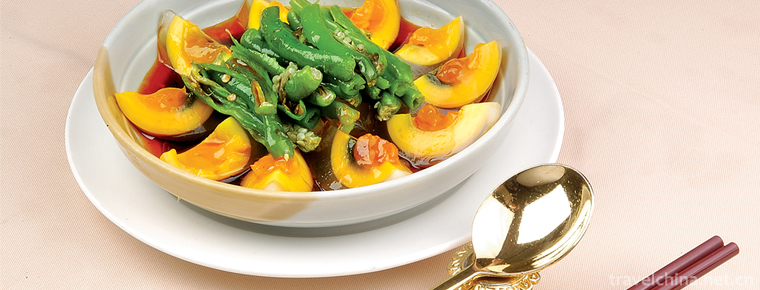
-
Jinan Baili Yellow River Scenic Area
Jinan Baili Yellow River Scenic Area is adjacent to the northern part of Jinan City. The south gate of the Scenic Area is directly connected to Jinan City's central axis - Jilu Road.
Views: 78 Time 2019-01-20 -
Xumishan Grottoes
Xumishan Grottoes, located 55 kilometers northwest of Guyuan City, Ningxia, is located in the north of Liupan Mountain. It is the only way to the east of the ancient "Silk Road" and one of t.
Views: 111 Time 2019-02-26 -
A harmonic
A harmonic, also known as Dabu Ah Hsiang, means "the song of laborers", originated from a form of labor called "Da Ah Hsiang" among Tibetan people..
Views: 233 Time 2019-03-29 -
Korean Huajiali
The flower armor ceremony of the Korean nationality is one of the important rituals of the Korean nationality's birthday ceremony. Since ancient times, the Korean people have regarded respecting the e.
Views: 275 Time 2019-04-16 -
Traditional fragrance making techniques
Fragrance, originated from herbs, not only fragrance overflowing nose, but also eliminating pollution, curing illness, recuperating body and mind, in a relaxed and happy heart, helping people calm dow.
Views: 125 Time 2019-04-21 -
Mao Qiang
Maoqiang is a local opera popular in Weifang, Qingdao, Rizhao and other places. It was originally a folk humming tune called "Zhou Gu Tune". Legend has it that Maoqiang was named after a nun.
Views: 92 Time 2019-05-30 -
Mei Ge
Meige is the general name of Yi folk song and dance and folk oral literature. Its content is all-encompassing and almost reflects the history, culture, production and life of the Yi people. It is rega.
Views: 165 Time 2019-06-02 -
a bottle with painted designs
Internal painting is a unique traditional craft in China. It originated from snuff bottle painting. The interior painting method is a special deformed fine brush, in glass/crystal, amber and other mat.
Views: 141 Time 2019-06-07 -
Jumping Cao Gai
Caogai jumping is prevalent in Baima Tibetan area of Pingwu and Nanping counties. It is held on the sixth day of the first month of the lunar calendar every year. Cao Gai is a Baima Tibetan phonetic t.
Views: 101 Time 2019-06-21 -
Weaving and Dyeing Techniques of Uygur Felts and Printed Fabrics
Uygur felt, printing and dyeing technology, Xinjiang Uygur Autonomous Region Turpan (now Turpan) local traditional skills, one of the national intangible cultural heritage..
Views: 304 Time 2019-06-26 -
Guan Yu
Guan Yu(? - 220 years), the word is long, then changed word cloud length. Hedong County Jie county (today) Shanxi Yuncheng People are called "beauty beard Gong". Early follow Liu Bei In the .
Views: 133 Time 2019-09-07 -
International cooperation of Chengdu Giant Panda Base
According to the major political and diplomatic needs of the country, under the leadership of the state, provinces and cities, the panda base has successively established a "long-term international cooperative breeding program for giant pandas" with Japan, the United States.
Views: 113 Time 2020-12-13
